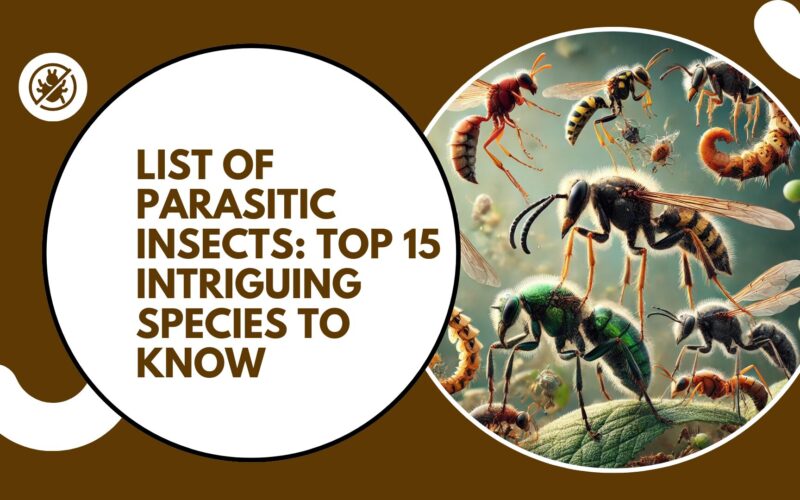
Curious about the world of parasites? The top 15 species in the list of parasitic insects will amaze you with their unusual lifestyles and strategies for pest control.
The world of insects is incredibly diverse, with thousands of species filling different roles in our ecosystems.
Some of these insects are beneficial, helping us manage pests naturally, while others have behaviors that make you thankful for their tiny size!
So, let’s get started with the top 15 on our list.
1. Braconid Wasps

First on our list of parasitic insects are braconid wasps. These tiny wasps are natural-born hunters. They lay their eggs inside caterpillars and beetle larvae, and when the eggs hatch, the young feed from the inside out.
Though it sounds grim, this actually helps keep crop pests in check, a real win for farmers.
2. Ichneumon Wasps

Another wasp that’s worth mentioning is the ichneumon wasp. They look a bit like long, elegant needles flying through the air. These wasps also inject their eggs into the bodies of beetles or moth larvae, making them a powerful ally in the battle against agricultural pests.
3. Tachinid Flies

Tachinid flies are a valuable part of the list of parasitic insects because of their broad host range. They lay their eggs on the backs of caterpillars and beetles, and once hatched, the larvae burrow into the host, eventually killing it. These flies help naturally manage pests that attack our gardens and fields.
4. Trichogramma Wasps

The list of parasitic insects wouldn’t be complete without Trichogramma wasps. These tiny wasps are often so small that they can barely be seen with the naked eye. They are frequently used in agriculture to control pests because they lay eggs inside the eggs of harmful insects, effectively stopping them before they even hatch.
5. Ant Decapitating Flies

Ant-decapitating flies are as terrifying as they sound, at least to ants. These flies lay their eggs inside ants, and when the larvae mature, they cause the ant’s head to fall off. While they may not seem like our friends, they do help control invasive ant populations.
6. Jewel Wasp
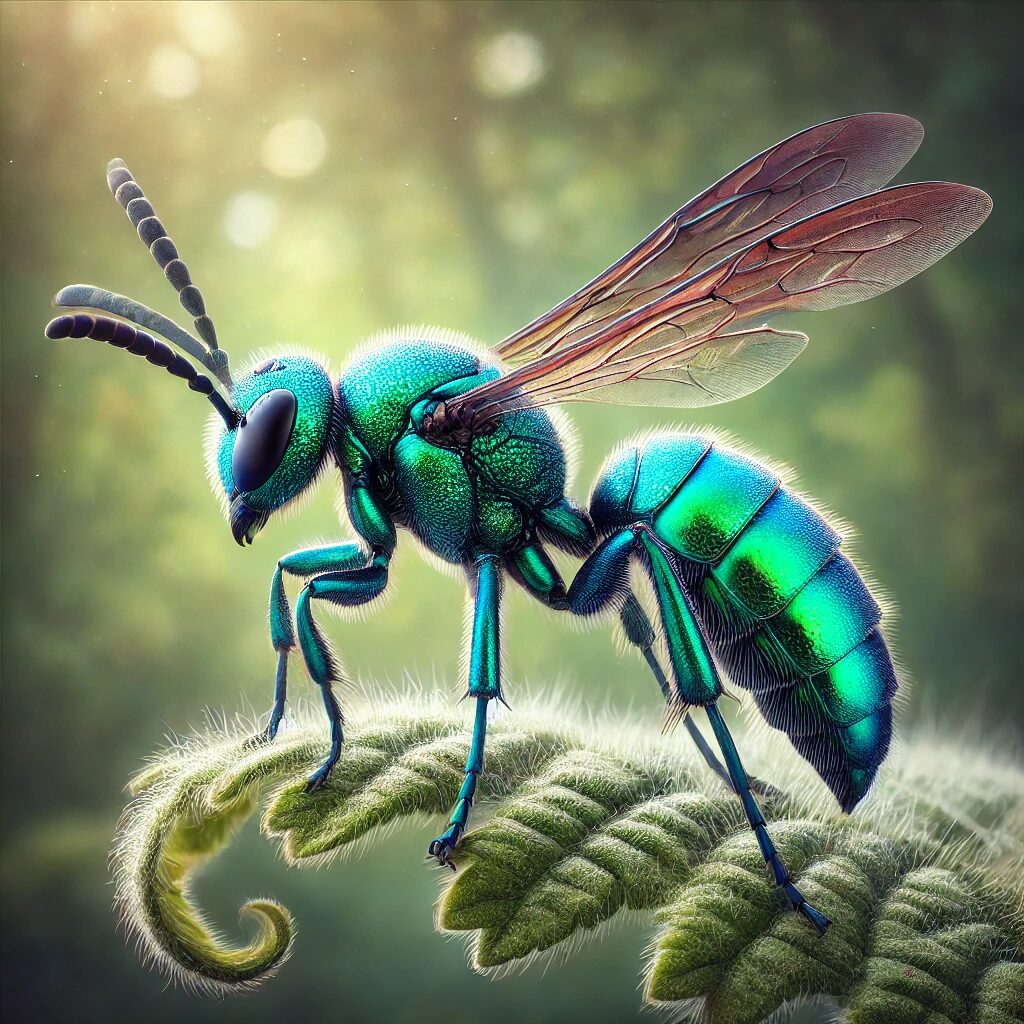
The jewel wasp is one of the most beautiful yet terrifying members of our list of parasitic insects. It specifically targets cockroaches. After paralyzing its victim, it leads the roach into a safe place and lays its eggs inside. The larvae then feed on the living cockroach. It’s nature’s version of a zombie horror movie!
7. Botflies
Botflies are parasitic insects that you might be less excited to encounter. They target mammals, including humans, by laying eggs under the skin. Although they can be uncomfortable for their hosts, they rarely cause significant harm. Still, they’re definitely a member of the list of parasitic insects that you’d prefer to avoid!

8. Horsehair Worms
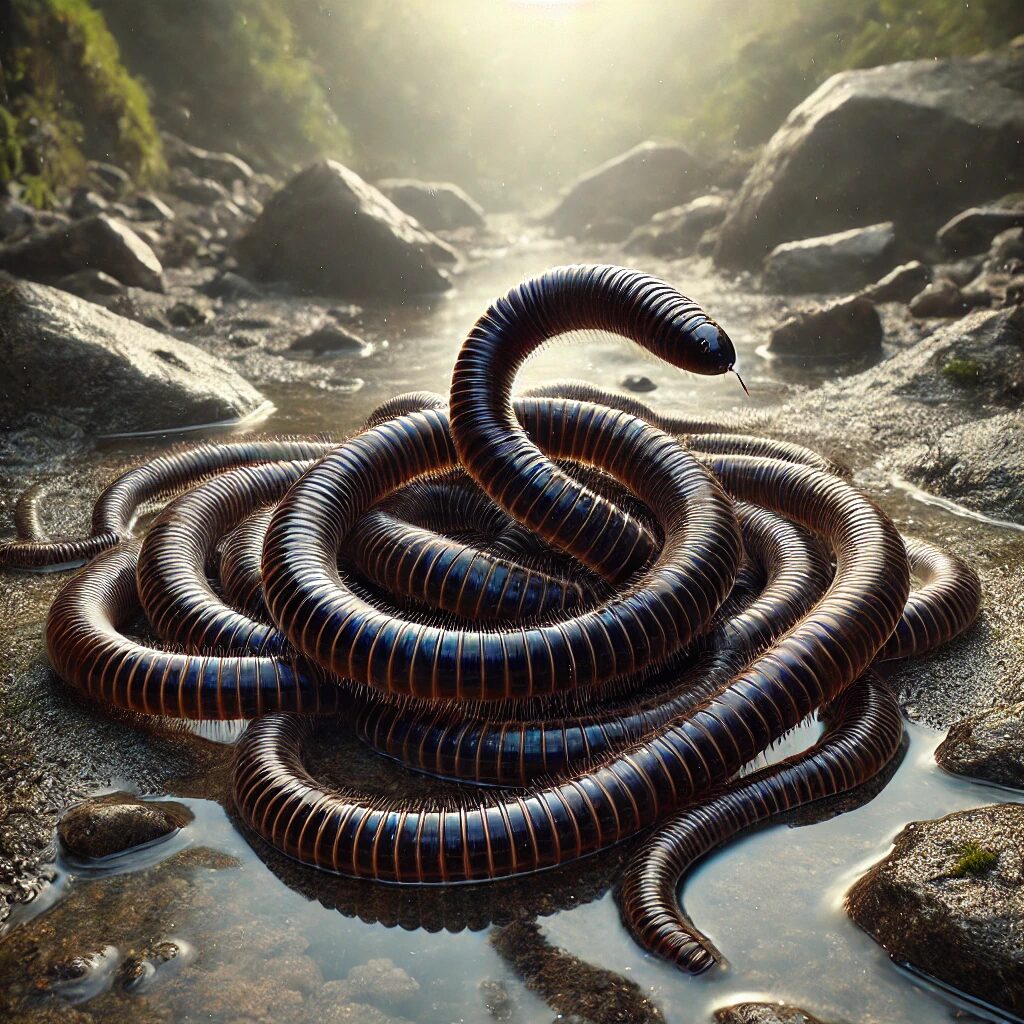
Though technically not an insect, horsehair worms are often mentioned alongside them. They’re parasitic to insects like crickets and grasshoppers. They control their hosts almost like puppets, manipulating them to go near water, the perfect place for the adult worm to emerge.
9. Strepsiptera (Twisted-Wing Parasites)

Strepsiptera are strange insects that parasitize other insects, particularly bees and wasps. They enter the host’s body and live inside, often reducing their host’s lifespan. They are definitely among the stranger entries in the list of parasitic insects.
10. Gall Wasps
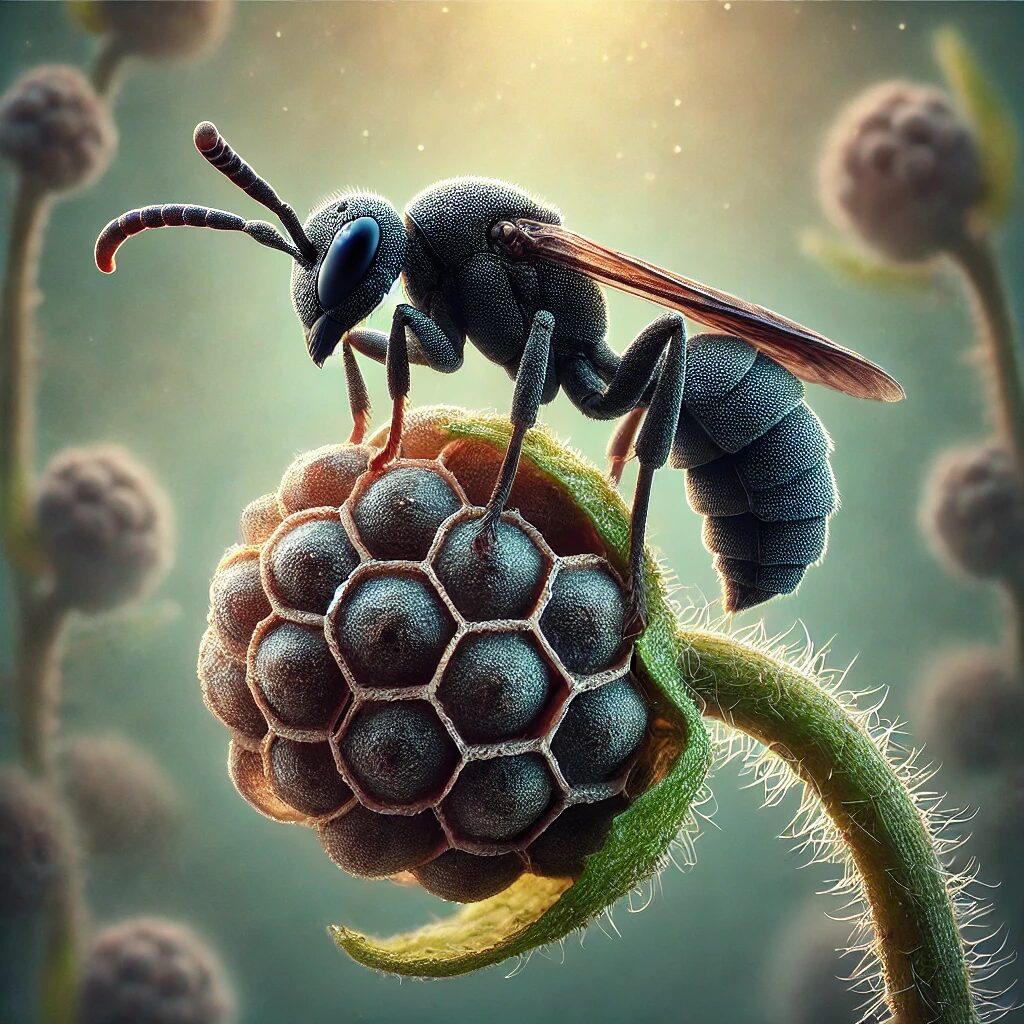
Gall wasps make our list of parasitic insects due to their unique approach to parasitism. They lay their eggs on plants, causing the plants to form “galls” or growths that protect the wasp larvae. They aren’t directly parasitic to animals but rely on plants in a similar way.
11. Flesh Flies
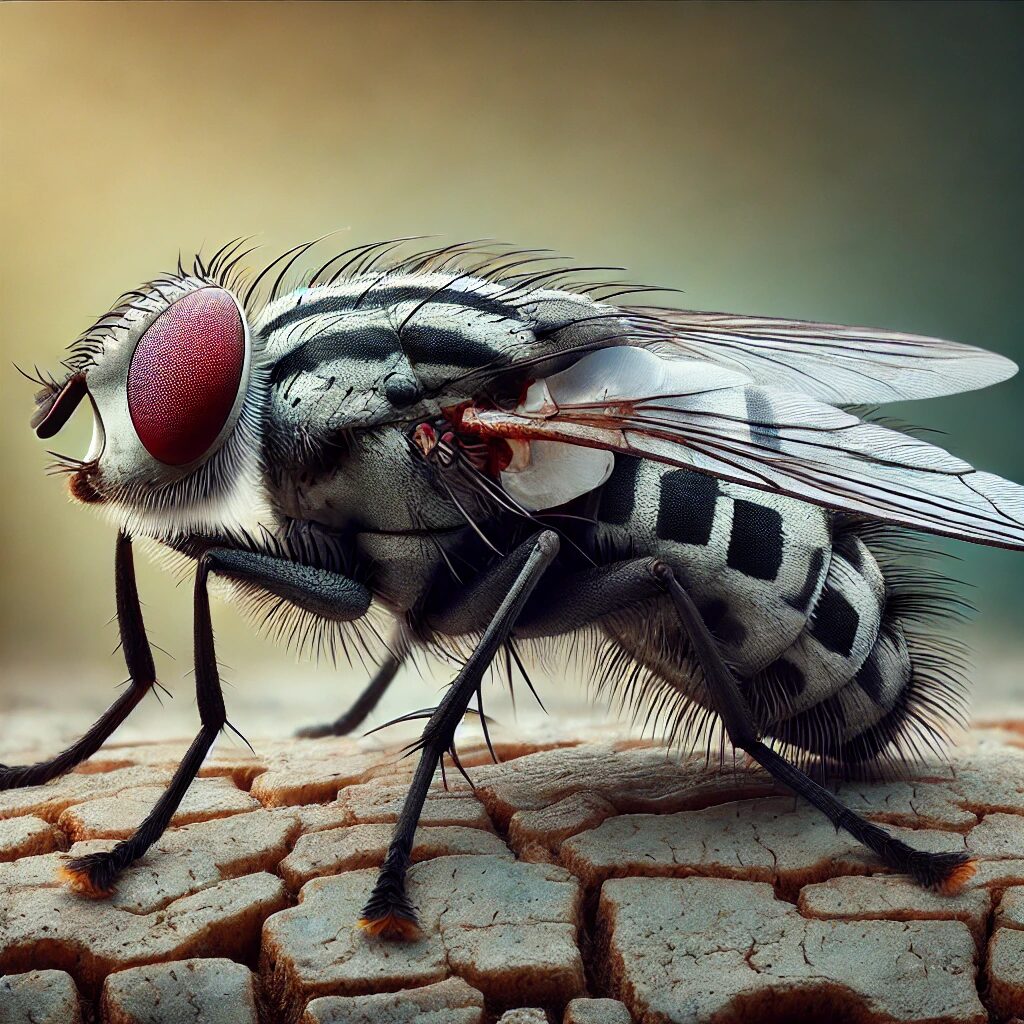
Flesh flies lay their eggs in wounds or decaying tissue. Although not everyone’s favorite insect, they are crucial in breaking down animal remains and aiding the decomposition process, making them an important part of the list of parasitic insects.
12. Aphidius Wasps
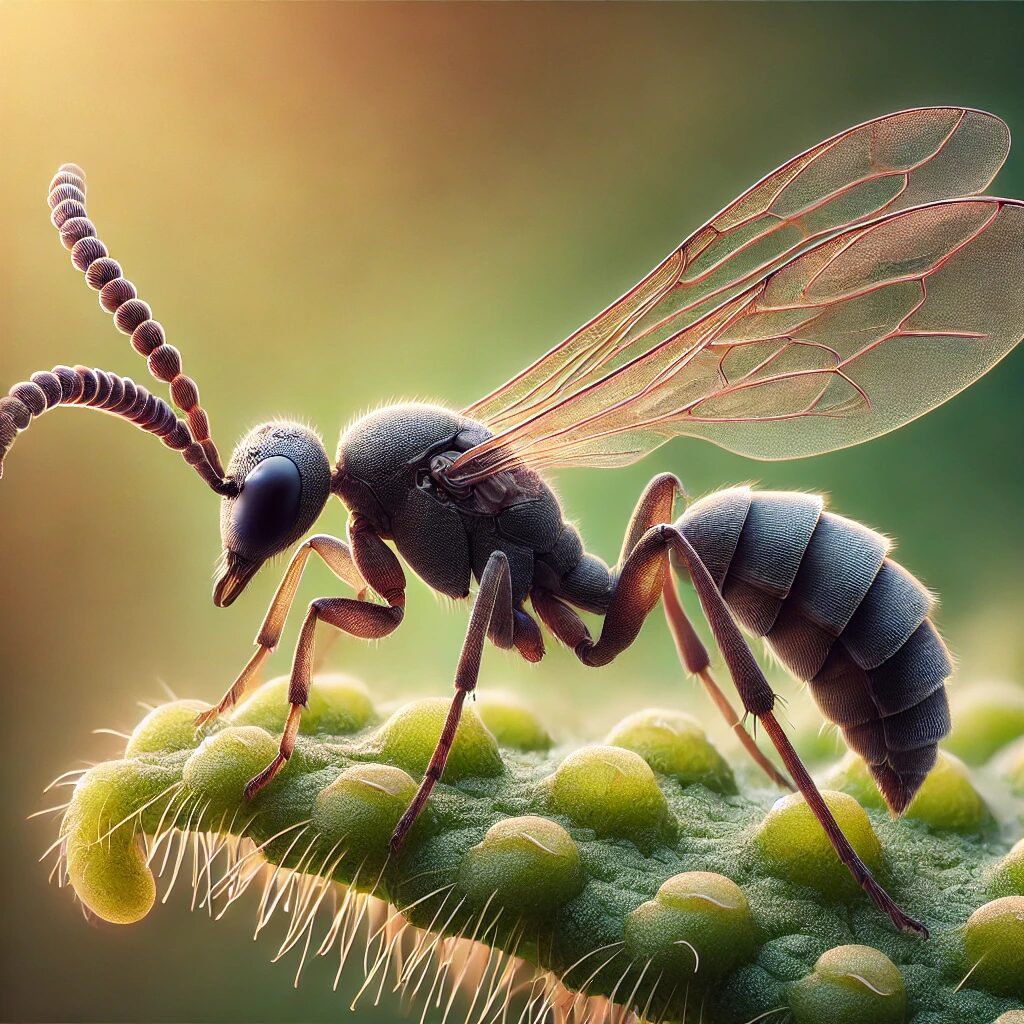
These tiny wasps are specialists in taking down aphids. They inject their eggs into aphids, which serve as both a home and a food source for their larvae. This natural pest control is why they are a valuable entry on our list of parasitic insects.
13. Phorid Flies
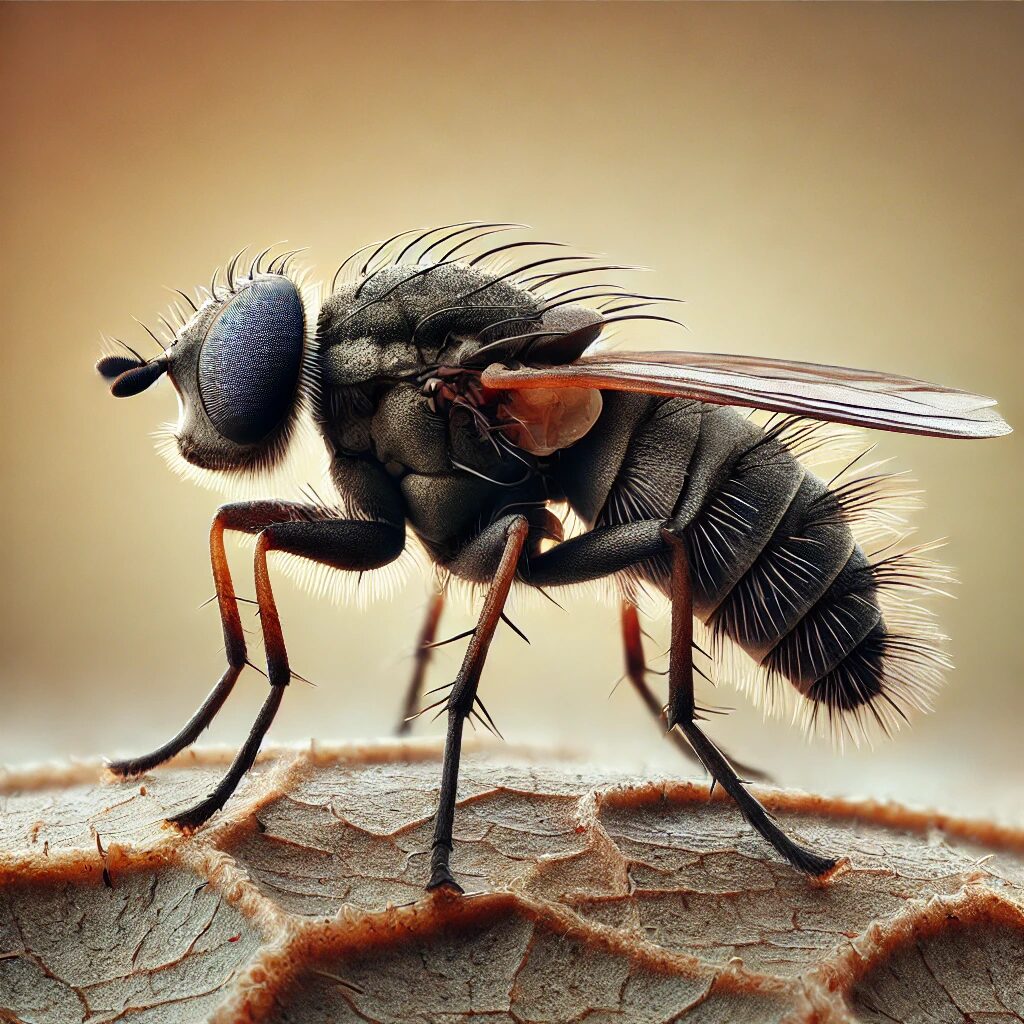
Phorid flies are infamous for their impact on ants, particularly fire ants. By laying eggs inside them, these flies eventually kill their hosts, offering a form of natural population control for these pesky insects.
14. Lacewing Larvae (Parasitic Species)
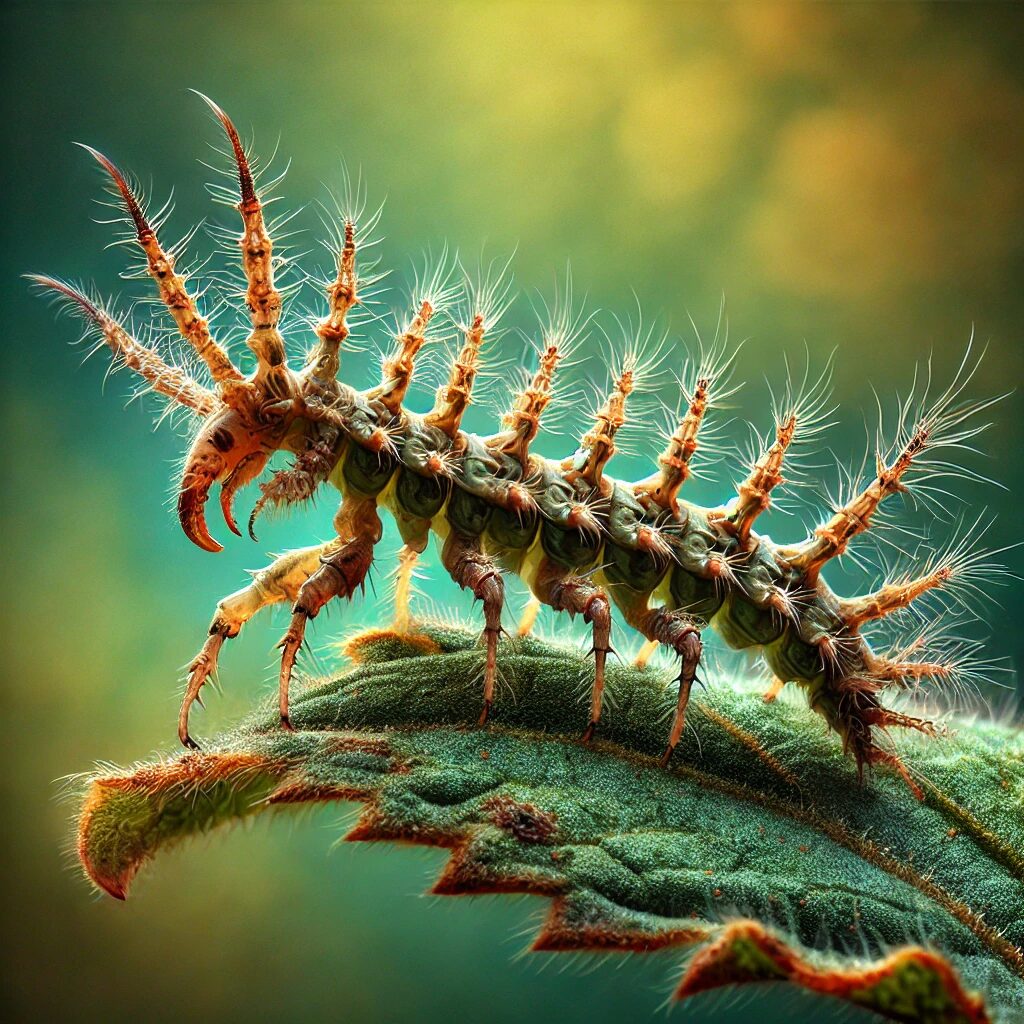
Lacewing larvae are voracious predators and, in some cases, act as parasites. They suck the juices out of soft-bodied insects like aphids. Farmers love having these on their side, as they help keep harmful pest populations down.
15. Encarsia Formosa

Encarsia formosa is used worldwide in greenhouses as a biological control agent for whiteflies. They lay eggs inside whitefly nymphs, which helps reduce the whitefly population
Understanding the Types of Species in the List of Parasitic Insects
Unlike other insects that roam freely, parasitic insects rely on a host like food, a place to lay eggs, or shelter for survival. Their host could be another insect, a plant, or even a larger animal.
One interesting thing about parasitic insects is that they each have specific adaptations that help them find and exploit their hosts.
Some inject their eggs directly into their hosts, while others latch on and feed on their host’s fluids. In their own way, each species makes the ecosystem a bit more fascinating.
Common Traits Among the Species in List of Parasitic Insects
Many insects on the list of parasitic insects share common features. Most have sharp ovipositors, which are needle-like organs used to lay eggs inside or on their hosts. These insects have evolved to be extremely precise, with some even injecting chemicals that control their hosts’ behavior. It’s incredible how each has its own strategy for survival!
Benefits of Parasitic Insects to Ecosystems
It’s easy to think of parasites as just harmful, but that’s not the full picture. The parasitic insects play a vital role in controlling populations of other pests.
Without them, insects like aphids, caterpillars, and beetles could easily overwhelm crops and gardens. They are natural predators, helping to maintain balance in various ecosystems.
One of the biggest benefits of the list of parasitic insects is their role in integrated pest management (IPM). Farmers often use parasitic wasps and flies to control pests without the need for harmful pesticides.
This not only keeps our food safer but also ensures a healthier environment for all living creatures. To learn more about how beneficial insects help keep pests under control, check out Integrated Pest Management Practices.
Challenges Posed by Parasitic Insects
While many parasitic insects are beneficial, some can be problematic. For example, botflies and some types of parasitic mites can be harmful to their hosts, including livestock and humans. It’s all about balance, and nature always finds a way to correct itself. Understanding how to leverage these insects without causing harm is key to their use in agriculture.
Conclusion
The parasitic insects are filled with fascinating species that serve as a reminder of nature’s complexity and balance. While some may seem creepy or even frightening, they play an essential role in maintaining ecosystems and naturally controlling pest populations.
These insects, such as Braconid wasps, Tachinid flies, and Trichogramma wasps, lay eggs in or on other organisms, often crop pests.
They help maintain ecological balance, reducing the need for chemical pesticides and benefiting agriculture through Integrated Pest Management (IPM) by targeting pests like caterpillars, beetles, and aphids.
From wasps to flies, each insect has found a way to thrive in unique ways that help maintain biodiversity. Parasitic insects are far more than pests they are heroes working quietly behind the scenes, keeping nature’s balance intact. they are heroes working quietly behind the scenes, keeping nature’s balance intact.
